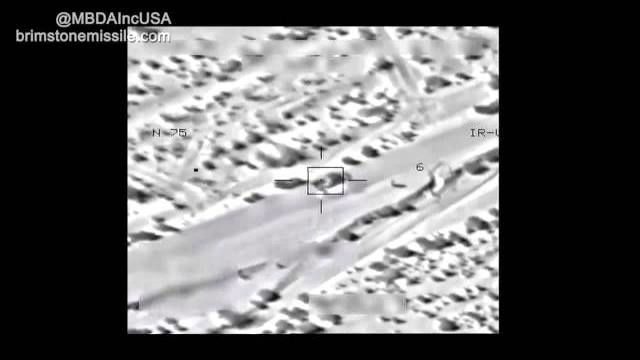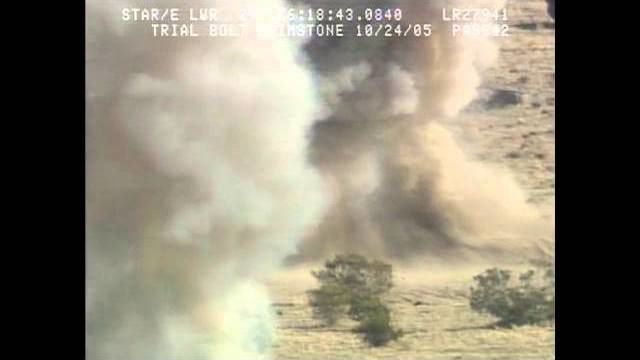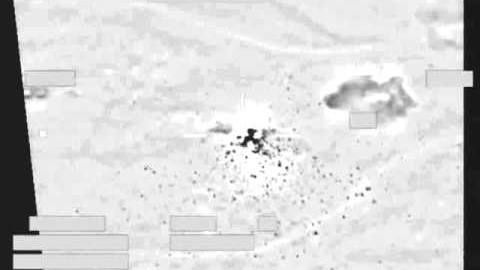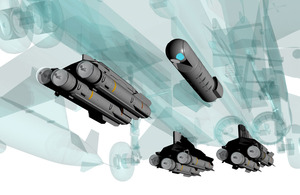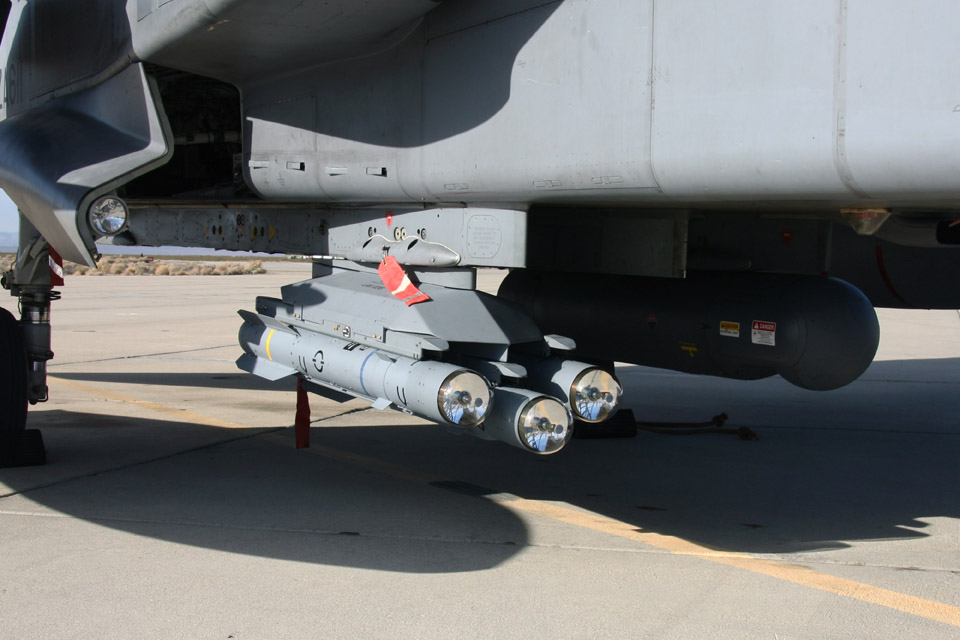Photo: Dassault
Dec 2, 2011By Francis Tusa defense technology international
London - Taking the experiences of a single conflict and extrapolating them into “universal truths” can be perilous. Earlier this year, the U.K.’s Strategic Defense and Security Review took the operational template from operations in Afghanistan and made it the generic one for the future. Although lip service was paid to the idea of state-on-state warfare and other conflict options, it was simply that—lip service. Consequently, can any worthwhile lessons be drawn from Operation Unified Protector, the NATO mission to protect Libyan civilians and insurgents during the recent civil war?
There has been a rush to judgment to state that the mission shows all the bad sides of NATO readiness and that of European allies. Some 80% of all inflight refueling assets and capability were provided by the U.S. Air Force, which seems to have shocked some observers. The fact that except for the U.K. and France, Europe can only put two dozen tanker aircraft into the air is not impressive. One of the problems with Unified Protector was that it occurred when the U.K. was in a capability slump as old VC10s and Tristars are being retired, but before the new Airbus A330 Voyager tanker-transport aircraft arrive. At the same time, the French tanker fleet has had exceptionally low availability, although a program for an upgrade was approved in the 2012 budget. Had both of these programs been in the full swing of delivery, the “tanker gap” would have been less of an issue.
NATO was also reliant on U.S. assets for much of the suppression of enemy air defense missions, as has been the case for decades, a situation that is unlikely to change for some time. And the lack of proper combat search-and-rescue aircraft meant that there were issues about tasking aircraft for missions deep inside the Sahara Desert, a potential landing site for downed pilots.
But the modernization of air forces over the past decade and more really showed up. The fact that almost every aircraft could carry a combined targeting/Istar (intelligence, surveillance, target acquisition and reconnaissance) pod along with a range of weapons permitted far more adaptable and flexible tasking compared with operations of the 1990s. Indeed, some air forces are already looking at the ability of European aircraft operating over Libya to undertake complex strike missions largely without ground controllers, to see how this was managed. Prior to Unified Protector, the widespread assumption, with the experiences of Afghanistan in mind, was that complex air strikes would only be conducted with ground controllers able to cue targets. Libyan operations changed this perception somewhat.
Early reports suggest that even if there is still major reliance on the U.S. for electronic surveillance assets (until the RAF gets three new Boeing RC-135 Rivet Joint aircraft), on the wider Istar scene there is a far greater range of European capabilities than had been perceived. The Swedish recce pod system deployed with the Saab JAS 39 Gripen fighter reportedly astounded people with the quality of its imagery and responsiveness. The Areos Reco NG pod, developed by Thales for use on the French Dassault Rafale F3 fighter, is also said to have performed well. The RAF was able to leverage the Sentinel R1 Astor (Airborne Stand-Off Radar), slated to be retired as a budget-cutting measure (although this may be reconsidered—see p. 15), from Raytheon and the Raptor (Reconnaissance Airborne Pod for Tornado) recce pod from Goodrich. No one has suggested that the operation, even without major U.S. support, lacked adequate Istar.
The range of weapons that the lead air forces deployed was also impressive. France made wide use of Sagem’s AASM-powered bomb system (225 were fired or dropped), while the U.K. fired a flexible set of weapons. The key Tornado GR4 weapon was Raytheon’s Paveway IV 500-lb. laser/GPS-guided bomb, with well over 700 dropped. Although this has been used in Afghanistan since 2008, in Libya it was deployed against a wider target set. Backing this up was MBDA’s Dual-Mode Brimstone missile. Originally designed as an antiarmor weapon, an upgrade to add laser guidance alongside the millimetric radar has given the weapon a new lease on life. Prolific use in Libya saw MBDA being given an urgent production contract to restock the bunkers.
It is true that some of the smaller nations did see a shortage in precision-guided missiles, which necessitated a quick visit to the U.S. to buy more Boeing Joint Direct Attack Munitions, but there is a silver lining. It is going to be far easier to persuade finance ministries that weapon stocks need to be larger than previously considered.
One aspect of the Libya operation is worth noting: the speed at which France and the U.K. generated long-range strike missions that required last-minute political approval, yet were able to hit a range of strategic and tactical targets across Libya. The structures and systems that underpin both countries’ air forces obviously have a lot of positive internal capabilities to achieve this type of success.
In the U.K. and France, the issue of naval gunfire support (NGS) has come back up the agenda. Royal Navy warships fired more than 240 rounds of 4.5-in. ammunition, a mixture of high-explosive and illumination shells. Several artillery units, as well as “technical” groups were engaged. Although Royal Navy vessels provided NGS to the Royal Marines as they moved ashore on the Al Faw Peninsula in southeast Iraq in 2003, the capability is one that has, of late, been more talked about than practiced. Certainly, the Libya experience means that plans for the next-generation Type 26 Global Combat Ship frigate have seen new interest in a 5-in. gun for NGS.
French navy ships, meanwhile, fired more than 3,000 rounds of 100-mm and 76-mm ammunition in NGS missions, a sign perhaps that the lighter throw weight of these shells required more to be fired to achieve the same effect as heavier rounds.
Although both countries exercised this in the past, Libya has arguably been the breakthrough point for the U.K. and France for the deployment and use of attack helicopters from the sea. The U.K. deployed five Boeing AH-64 Apache Longbow platforms, and France up to 10 EC 665 Tigers from Eurocopter. The results are being judged, but it seems likely that this isn’t going to be a one-off, but rather will be the norm in the future. One question being posed is whether the type of attack helicopter operations seen over Libya will morph into mixed wings of fast jets and attack helicopters. (U.S. Marine Corps readers can yawn at this stage.) More training, more force experimentation and more expenditure will be needed by players in Europe to perfect this type of operation, but it has delivered effects far exceeding what had been expected.
If there are many lessons to be learned, they are often of the commonsense type. Good tactics, techniques and procedures are vital, and luckily, for air operations, NATO forces have been honing these for two decades, from Iraq no-fly zones, through Balkan operations, and back to Iraq and Afghanistan. It must still be a concern that countries such as the U.K. and France, each of which claim to have 250-300 combat aircraft, were able to sustainably deploy only 25 or so. For sure, both have deployments in Afghanistan, but the numbers available, even with basing from home bases, is not impressive. That is something to consider about fast-jet force generation for all players.
One thing is obvious: Operation Unified Protector is not a paradigm of any future operation, or a brilliant template for the next operation. It reminded many that not every operation will have a land element, but most of the lessons are reinforcements of what has been learned before. By itself, this is useful, as it shows that with well-equipped, well-trained, well-led and well-supported forces, their ability to cope with the unexpected is far greater than without such forces.
In fact, if you were to put Unified Protector alongside NATO operations in Afghanistan, specifically from the air operations side, you would see that there is more than one way to prosecute an air-to-ground operation.






